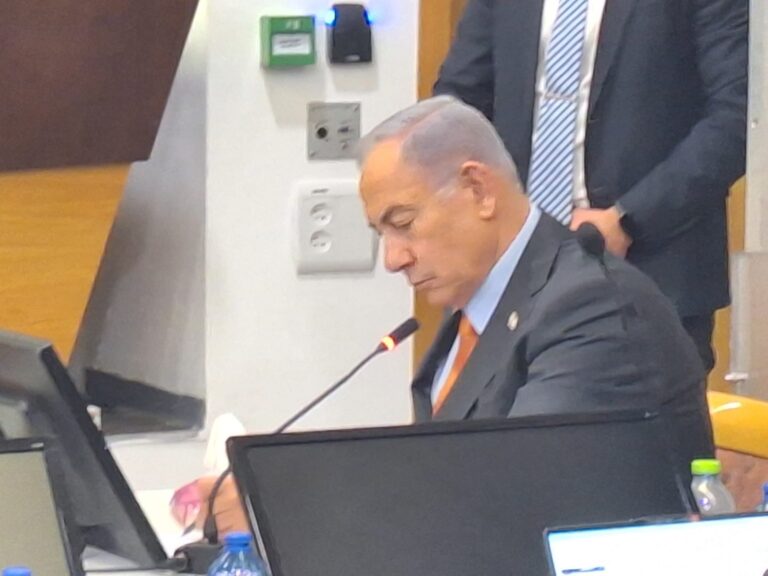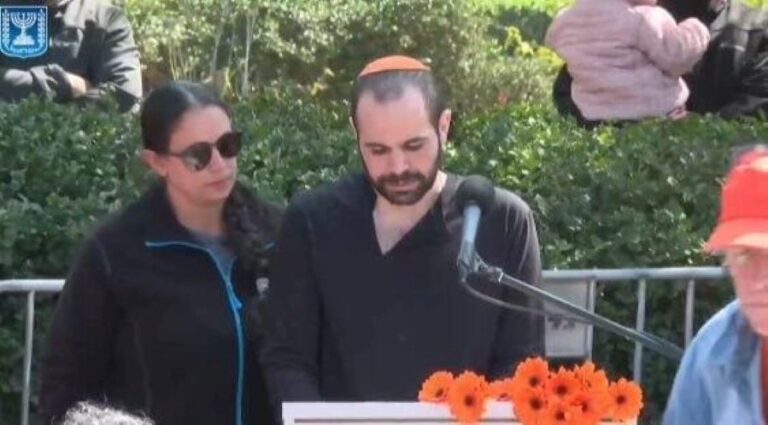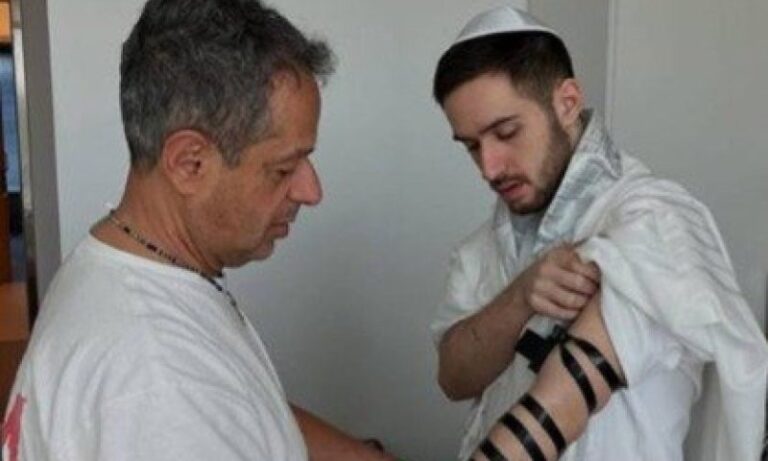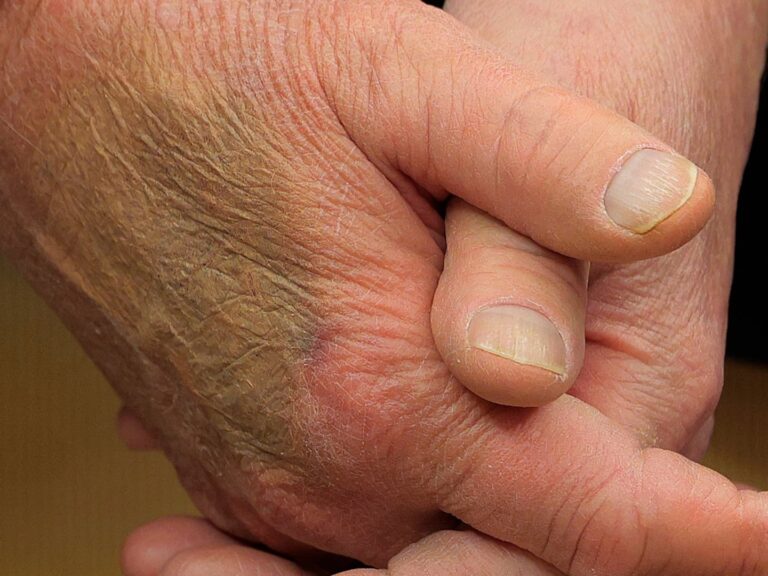 Osama bin Laden spent nine years on the run in Pakistan after the Sept. 11 attacks, during which time he moved among five safe houses and fathered four children, at least two of whom were born in a government hospital, his youngest wife has told Pakistani investigators.
Osama bin Laden spent nine years on the run in Pakistan after the Sept. 11 attacks, during which time he moved among five safe houses and fathered four children, at least two of whom were born in a government hospital, his youngest wife has told Pakistani investigators.
The testimony of Amal Ahmad Abdul Fateh, Bin Laden’s 30-year-old wife, offers the most detailed account yet of life on the run for the Bin Laden family in the years preceding the American commando raid in May 2011 that killed the leader of Al Qaeda at the age of 54.
Her account is contained in a police report dated Jan. 19 that, as an account of that frantic period, contains manifest flaws: Ms. Fateh’s words are paraphrased by a police officer, and there is noticeably little detail about the Pakistanis who helped her husband evade his American pursuers. Nevertheless, it raises more questions about how the world’s most wanted man managed to shunt his family between cities that span the breadth of Pakistan, apparently undetected and unmolested by the otherwise formidable security services.
Bin Laden’s three widows are of great interest because they hold the answers to some of the questions that frustrated Western intelligence in the years after 2001. They are currently under house arrest in Islamabad, and their lawyer says he expects them and two adult children — Bin Laden’s daughters Maryam, 21, and Sumaya, 20 — to be charged on Monday with breaking Pakistani immigration laws, which carries a possible five-year jail sentence.
The wives have cooperated with the authorities to varying degrees. Investigators say the older women, named in court documents as Kharia Hussain Sabir and Siham Sharif, both citizens of Saudi Arabia, have largely refused to cooperate with investigators. However, Ms. Fateh, who was wounded in the raid that killed her husband, has spoken out.
The report, by a joint investigative panel made up of civilian and military officials, was first noted by the Pakistani newspaper Dawn on Thursday; The New York Times later obtained a copy of the filing. In Washington, United States officials said that while they could not confirm every detail of the report, it appeared generally consistent with what is known and believed about Bin Laden’s movements.
In the report’s account, Ms. Fateh said she agreed to marry Bin Laden in 2000 because “she had a desire of marrying a mujahid.” She flew into Karachi in July that year and, months later, crossed into Afghanistan to join Bin Laden and two other wives at his base on a farm outside Kandahar.
The Sept. 11 attacks caused the Bin Laden family to “scatter,” the report said. She returned to Karachi with her newborn daughter, Safia, where they stayed for about nine months. They changed houses up to seven times under arrangements brokered by “some Pakistani family” and Bin Laden’s elder son, Saad.
Other senior Qaeda figures were also in Karachi, a sprawling city of up to 18 million people. Khalid Shaikh Mohammed, the architect of the Sept. 11 attacks, claims to have personally killed the Wall Street Journal reporter Daniel Pearl there during this period; he was captured at a house in Rawalpindi in March 2003.
Ms. Fateh said she left Karachi in the second half of 2002 for Peshawar, the capital of Khyber Pakhtunkhwa Province, where she was reunited with her husband. The American pursuit of Bin Laden was running high: Qaeda operatives had attacked an Israeli-owned hotel in Kenya and nightclubs in Indonesia, and with C.I.A. intelligence resources not yet diverted to Iraq, the search was firmly focused on the Pakistan-Afghanistan border area.
Bin Laden, according to his wife, took his family deep into rural mountain areas of northwest Pakistan — but not, notably, into the tribal belt where much Western attention was focused. First they stayed in the Shangla district in Swat, a picturesque area about 80 miles northwest of the capital, Islamabad, where they stayed in two different houses for eight to nine months.
Then in 2003 they moved to Haripur, a small town even closer to Islamabad, where they stayed in a rented house for two years. Here, Ms. Fateh gave birth to a girl, Aasia, in 2003 and a boy, Ibrahim, in 2004 — both of whom were delivered in a local government hospital. The police report states that Ms. Fateh “stayed in hospital for a very short time of about 2-3 hours” on each occasion. A separate document states that she gave fake identity papers to hospital staff.
Finally, in mid-2005, according to Ms. Fateh, Bin Laden and his family moved to Abbottabad, 20 miles east of Haripur, where she gave birth to another two children: Zainab in 2006 and Hussain in 2008.
Mr. Fateh told investigators that the houses in Swat, Haripur and Abbottabad were organized by their Pashtun hosts, identified as two brothers named Ibrahim and Abrar, whose families stayed with them throughout. Ibrahim is believed to refer to Abu Ahmed al-Kuwaiti, a Pakistani-born Pashtun who grew up in Kuwait and who was known for a time to American intelligence as “the courier,” because he carried the Qaeda leader’s messages.
When Navy SEAL commandos stormed the Abbottabad house last May, they killed Bin Laden and shot Ms. Fateh, who was in the same room, in the leg. She survived but four others were killed in the raid: the courier, his wife Bushra, his brother, Abrar, and Bin Laden’s 20-year-old son, Khalil.
Bin Laden’s three wives are now confined to a rented house in Islamabad. On Tuesday, a cousin of Ms. Fateh’s in Yemen claimed that she was being held in a basement. “She limps from a bullet wound in her knee, and she’s suffering from psychological trauma and very low blood pressure,” Hameed al-Sadeh told Reuters.










